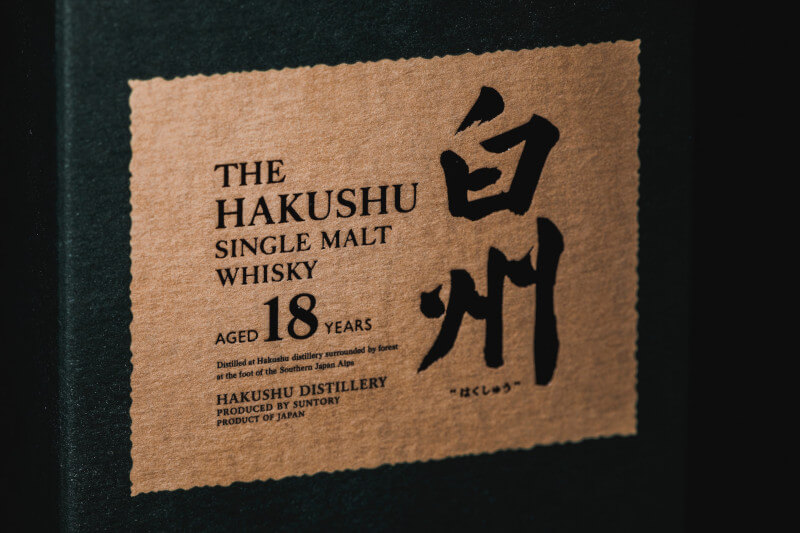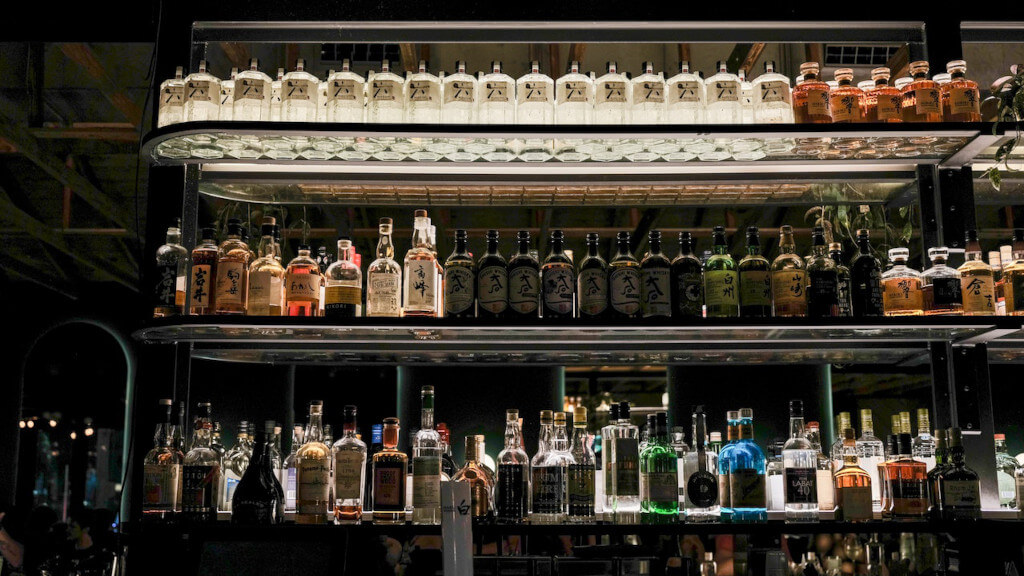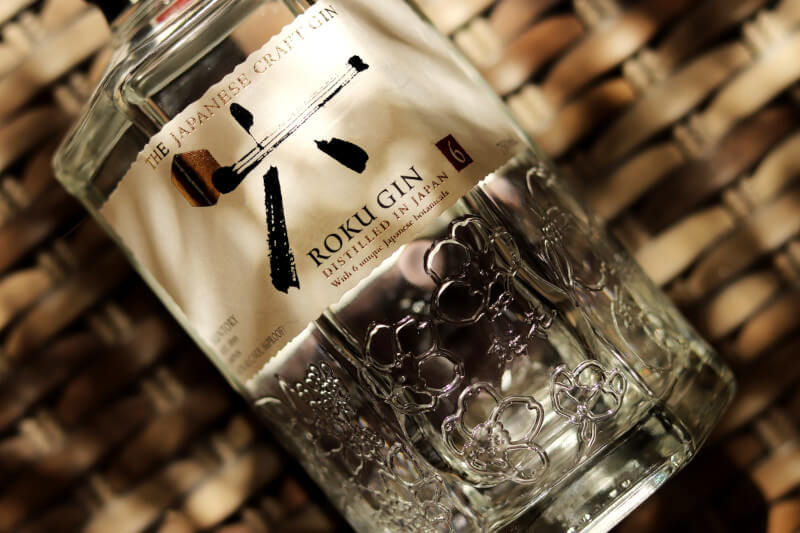You might find it peculiar to juxtapose gin and whisky, especially within the context of Japan—a country celebrated for its impeccable craftsmanship in the whisky world. However, as the waves of change continue to ripple through the beverage industry, the Japanese gin movement is worth your attention.
1. The Rising Popularity of Gin in Japan
Let’s get to the heart of the matter. Recently, there’s been a noticeable shift in the Land of the Rising Sun. While the demand for Japanese whisky remains robust, gin is gradually carving out its niche. Distilleries in Japan, known for their whisky, are diversifying into gin production.
A notable gin producer in Japan shared at an industry conference, “When we began our foray into gin, it wasn’t about competing with our whisky; it was about showcasing another side of Japanese craftsmanship.”
2. What Makes Japanese Gin Stand Out?
Japanese gin isn’t just about replicating the London Dry style with an Eastern twist. It’s about redefining gin using local botanicals like yuzu, sansho pepper, and sakura flowers. These unique flavor profiles are making waves across the US and Europe, places where consumers are eager for fresh and innovative flavors.
When you mull over the argument that gin might be the next frontier for Japanese distilleries, real-life products on the market can shed light on the matter. The Japanese are masters of assimilating global influences and imparting their unique touch, a trait evident in their approach to gin:
-
-
Nikka Coffey Gin:
- Distillery: Nikka, known predominantly for its whiskies, ventured into the gin arena with a splash.
- Key Features: Utilizing their Coffey stills (traditionally used in whisky production), this gin employs a mix of traditional gin botanicals with a distinctive Japanese touch, including apples, a nod to the company’s beginnings in apple juice.
- Context: As highlighted in the main article, distilleries recognized for whisky are diversifying, and Nikka’s foray is a prime example.
-
Roku Gin:
-
-
-
- Distillery: Produced by the Suntory group, another stalwart in the whisky world.
- Key Features: ‘Roku’ translates to ‘six’, representing the six traditional Japanese botanicals used, including sakura leaf, sencha tea, and sansho pepper. Each botanical represents Japan’s four seasons.
- Context: As mentioned in the main article, Roku’s global acclaim reinforces the potential of Japanese gin on the world stage.
-
Wa Bi Gin:
- Distillery: Kyoya Distiller & Brewer, traditionally known for producing shochu.
- Key Features: With its botanical mix, including hyuganatsu citrus, habeas citrus, and ginger, Wa Bi Gin offers a uniquely Japanese tasting experience, reminiscent of the Kyushu region’s natural beauty.
- Context: As the article notes, local botanicals redefine gin in Japan, and Wa Bi Gin exemplifies this.
-
Sakurao Gin Original:
- Distillery: Sakurao Brewery and Distillery, is a newcomer that embodies Japan’s innovative spirit.
- Key Features: Featuring a harmonious blend of botanicals from Hiroshima, it includes oyster shells and cherry blossoms. It’s a genuine representation of its locale.
- Context: The main article emphasizes the uniqueness of Japanese gin; Sakurao’s choice of botanicals adds weight to this argument.
-
Ki No Tea Kyoto Dry Gin:
- Distillery: Kyoto Distillery, creators of the KI NO BI gin highlighted earlier.
- Key Features: A spin-off from their original gin, this variant features a blend with tea sourced from Uji, a region in Kyoto famed for its tea.
- Context: This gin’s introduction can be interwoven with the main article’s section on the use of local botanicals, emphasizing the importance of regional flavors.
-
Take the Kyoto Distillery’s KI NO BI gin, which uses a rice spirit base and infuses it with Japanese botanicals. The result? A gin that, while resonating with the global palate, unmistakably roots itself in Japanese terroir.
3. Economic Drivers Behind the Shift
Producing whisky requires time. After distillation, the spirit must age in barrels for years before it’s ready for consumption. This aging process ties up resources and capital. Gin, however, can be produced and brought to market more rapidly. According to a report by the International Spirits and Beverage Group, while the global gin market grew by 8.3% in 2020, in Japan, it saw a staggering 15.7% growth.
4. Gin: A Sustainable Choice?
When we look at the production process, consider sustainability. With whisky, the longer aging process means more wood is needed for barrels, often sourced from forests in the US and Europe. With the rise in whisky’s popularity, ensuring a sustainable wood supply becomes challenging. In contrast, gin, requiring no aging, could be seen as a more environmentally friendly spirit.
A visit to a Japanese distillery revealed their innovative approach—using discarded yuzu peels, usually thrown away after juice extraction, as a primary botanical in their gin. A two-fold win: flavor and sustainability.
5. A Measure of Potential
Your appreciation for Japanese whisky likely stems from its global acclaim. The question is, can Japanese gin attain similar reverence? Indications suggest a promising trajectory. Competitions across the US and Europe have begun recognizing Japanese gin, not as an exotic novelty but as a contender standing shoulder-to-shoulder with established gin giants. Roku gin by the Suntory group has garnered praise and awards in spirit competitions across Europe, further strengthening the case for Japanese gin’s global potential.
6. Challenges Facing Japanese Gin
It’s not all rosy, though. Japanese gin faces challenges, the primary among them being market education. While US and European consumers are well-acquainted with gin, in Japan, the local palate still leans towards whisky and sake. A survey by the Asian Beverage Association found that only 38% of Japanese respondents had tried gin, compared to 67% who had sampled local whisky.
Is Gin The Boon or Bane of Japanese Whiskey

What are the ripple effects on the venerated world of Japanese whisky? With gin offerings like Nikka Coffey Gin and Roku Gin as the tip of the iceberg, here’s a discerning look into the potential impact:
Positive Effects
Diversification: When one thinks of innovation, introducing a variety of spirits to the portfolio is vital. With gin’s rise, distilleries can showcase versatility, creating an alluring proposition for investors and enthusiasts.
Global Reach: Given the universal appeal of gin and the distinct touch of Japanese botanicals, such as those found in Wa Bi Gin or Sakurao Gin Original, the international market is poised for a compelling narrative. This could potentially increase global sales and distribution.
Sustainability: Whisky production requires longer maturation, putting a strain on stock and resources. Gin, on the other hand, can be produced relatively quickly, providing a more immediate revenue stream for distilleries. This could be a strategic move during periods when whisky stocks are low.
Cultural Integration: The inclusion of regional botanicals, as seen in Ki No Tea Kyoto Dry Gin, becomes a storyteller of Japanese heritage and culture. This educates and truly invites a broader audience to appreciate Japan’s rich traditions.
The Potential Downsides
Dilution of Brand Image: The pivot or addition of gin might blur brand identities. For a distillery historically associated with whisky, the sudden introduction of gin could confuse long-standing patrons.
Resource Allocation: Diversifying into gin might divert resources, focus, and time away from the primary whisky production. The potential danger? A compromise in the quality or quantity of whisky output.
Market Over-saturation: With more distilleries jumping on the gin bandwagon, the market risks becoming overcrowded. An oversaturated market could lead to stiff competition, potentially impacting profitability.
Changing Patron Dynamics: Traditional whisky enthusiasts might feel sidelined or less catered to, leading to the potential estrangement of a loyal customer base.
So, is gin the future of Japanese whisky? While it’s clear that gin is making its mark in the Japanese beverage sector, it’s not necessarily at whisky’s expense. Instead, consider this a broadening of horizons—an example of the versatility and innovation inherent in Japanese distilleries.


